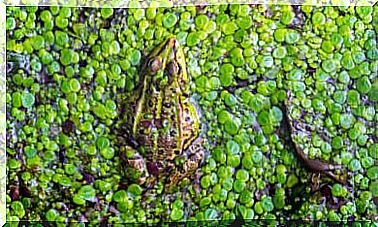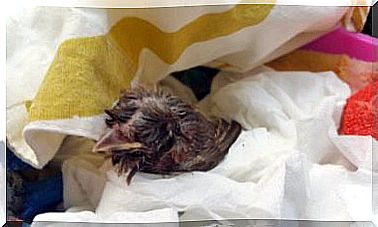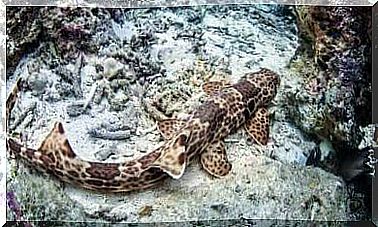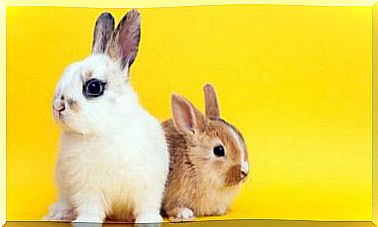Interesting Facts About The Reproduction Of Carp In Ponds
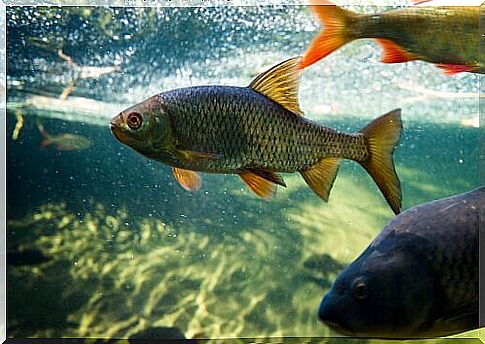
A pond filled with carp and other fish is a feast for the eyes in a large garden, which brings freshness and relaxation, especially in summer.
But newcomers to this field need to be well informed, because a pond needs a lot of time and money if you want to guarantee the optimal condition of the fish. But the work and the effort are worth it!
Optimal water quality for carp and other fish in the pond
A pond for carp and other fish shouldn’t be very deep. Because this is how the water warms up in summer and the fish feel particularly comfortable. They can endure cold temperatures in winter, but during this time they eat little and feed on their reserves.
Depending on the region, a carp pond with a depth of 1 to 1.5 m is recommended. A body of water in a sunny location without shade is perfect for carp.
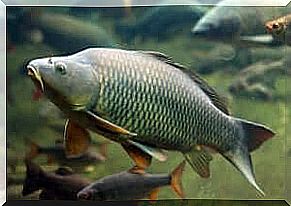
The size of the pond can vary. It depends on whether the pond is only intended to create a beautiful landscape or whether carp are to be raised in it. In the first case, a pond between 100 and 500 m² is sufficient. However, a professional breeding pond is up to 5 to 10 hectares in size.
Raising carp: the beginning
In ancient China, carp were bred as early as 45 BC. Even today these fish are still very popular in China. Breeding methods were improved particularly in the 16th and 18th centuries, when Jakobi developed a technique for artificial fertilization of fish.
However, this method was then forgotten and was not rediscovered until the middle of the 19th century.
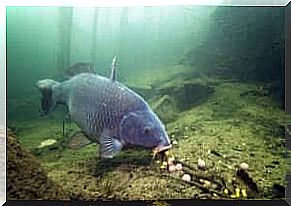
Raising carp in captivity is very different from reproducing this species of fish in the wild. The feed used for this accelerates the growth of the carp and ensures that the fish stay healthy and grow very large.
The reproductive cycle of carp in a pond
The reproduction of the carp takes place in several phases: mating, fertilization, laying of the eggs, hatching and growing of the animals.
In spring, the animals build up fat reserves and gain weight. The carp spawning season takes place between May and July when the water temperature is between 18 and 20ºC.
For this, the fish need well-planted areas in the water so that they can lay their eggs. Depending on their age and size, the female lays thousands of eggs that attach to plants. You can feed the young carp 1 to 2 days after hatching.
In autumn the metabolism of the fish then slows down, which then only grows a little. However, growth also depends on the quality and quantity of oxygen and the feed available.
